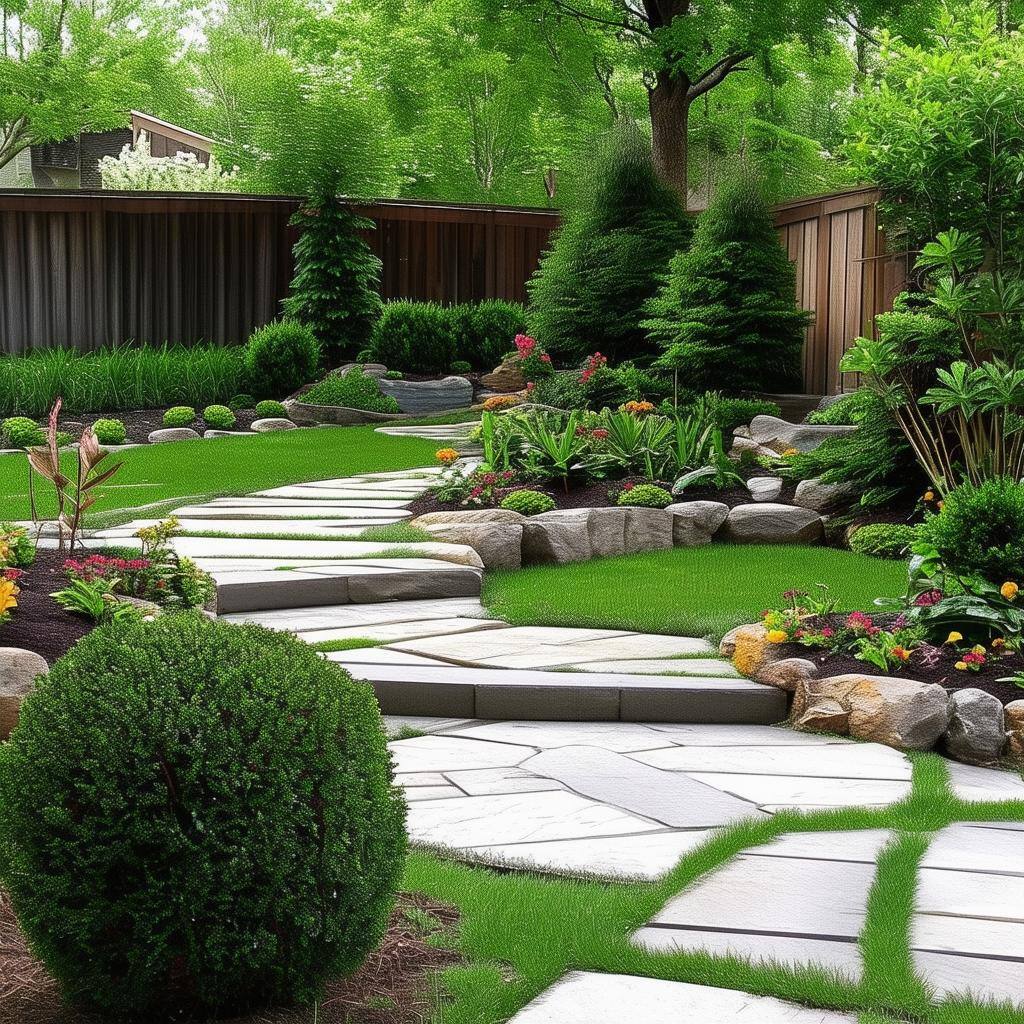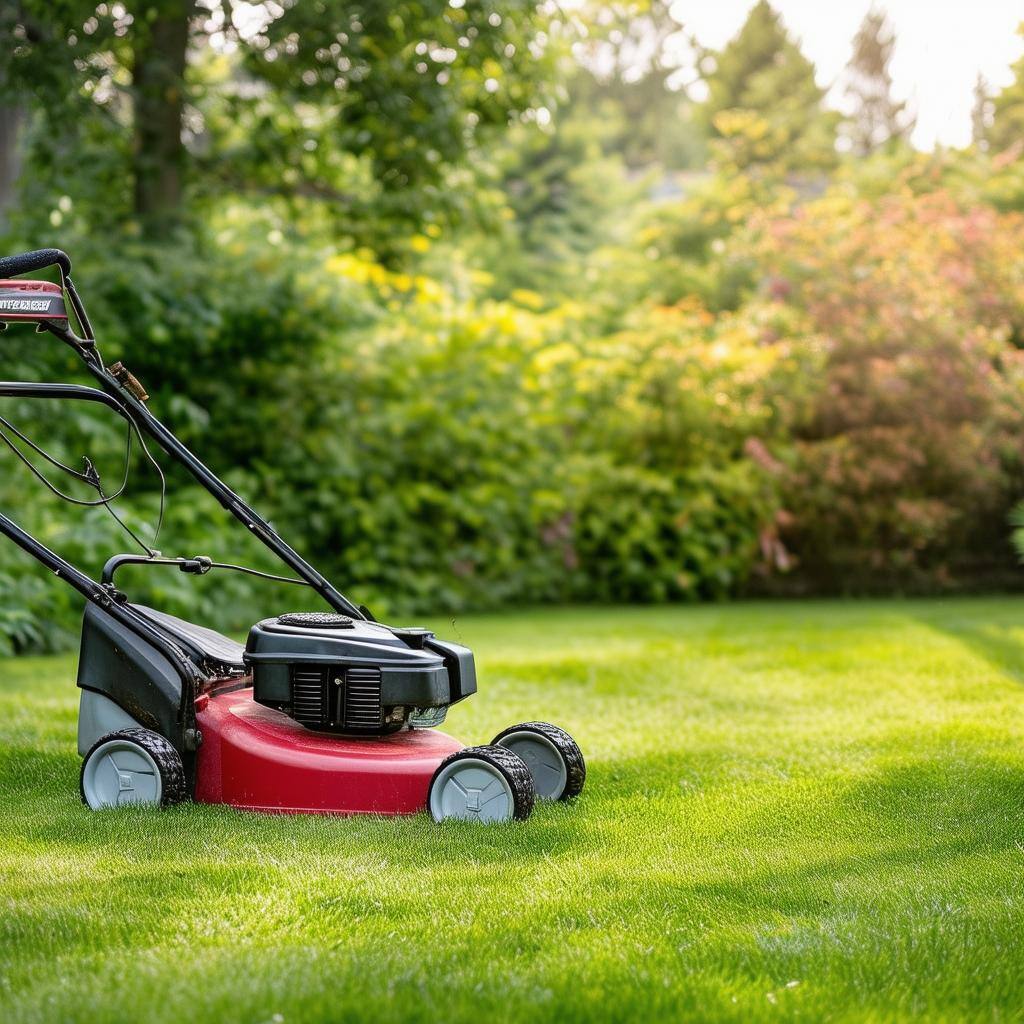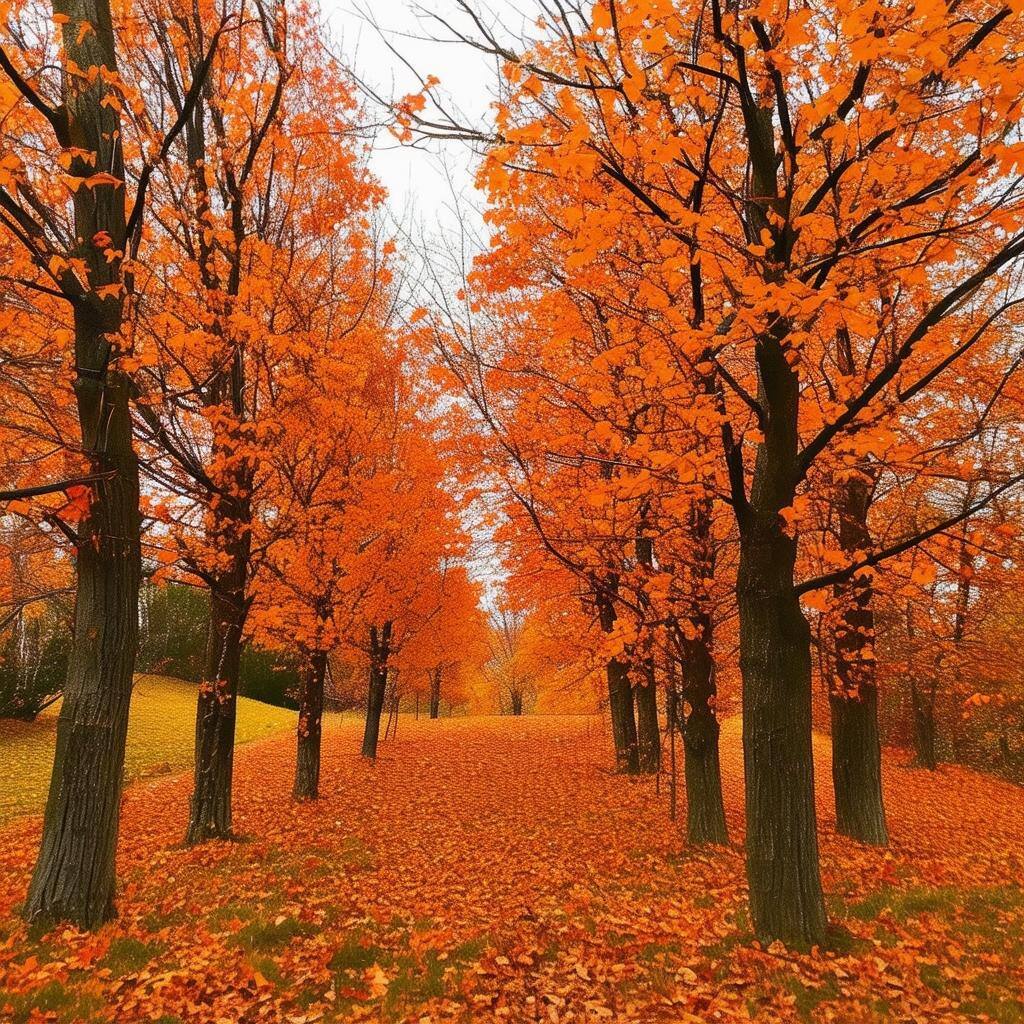The Benefits of Mulching: A Key to Healthy Gardens
Mulching is an essential gardening practice that involves applying a layer of material on the soil surface around plants. This simple yet effective technique offers numerous benefits, from enhancing soil health to improving the aesthetic appeal of your garden. In this article, we’ll explore the different types of mulch, their benefits, the best times to mulch, and tips for effective mulching.
What is Mulch?
Mulch can be made from various organic and inorganic materials. Organic mulches include materials like wood chips, straw, grass clippings, leaves, and compost, while inorganic options include rubber, gravel, and plastic sheeting. Each type serves different purposes and can be chosen based on specific gardening needs.
Learn More Below for Benefits, Types, Best Time to Mulch, How Often & Other Tips!
Benefits of Mulching
1. Moisture Retention
One of the primary benefits of mulching is its ability to retain soil moisture. A layer of mulch reduces evaporation by shielding the soil from direct sunlight and wind. This is especially beneficial during hot, dry periods, as it helps keep the soil consistently moist, reducing the need for frequent watering.
2. Weed Suppression
Mulching effectively suppresses weed growth by blocking sunlight and preventing weed seeds from germinating. A thick layer of mulch can significantly reduce the time and effort spent on weeding, allowing gardeners to focus on nurturing their plants.
3. Soil Temperature Regulation
Mulch acts as an insulator, helping to regulate soil temperature. It keeps the soil cooler in the summer and warmer in the winter, creating a more stable environment for plant roots. This is particularly important for tender plants that may be sensitive to temperature fluctuations.
4. Soil Improvement
Organic mulches break down over time, adding valuable nutrients back into the soil as they decompose. This process enhances soil fertility, structure, and microbial activity, creating a healthier growing environment for plants.
5. Erosion Prevention
Mulch helps prevent soil erosion by reducing the impact of rainfall on the soil surface. It also helps stabilize soil during heavy winds or water runoff, protecting plant roots and maintaining soil integrity.
6. Aesthetic Appeal
In addition to its practical benefits, mulching can enhance the visual appeal of your garden. A well-mulched garden bed looks tidy and polished, providing a clean backdrop for flowers and plants. Mulch comes in various colors and textures, allowing gardeners to choose materials that complement their landscape design.
Types of Mulch
Organic Mulches
- Wood Chips and Bark: Long-lasting and aesthetically pleasing, these materials decompose slowly, providing nutrients over time.
- Straw: A lightweight option that works well for vegetable gardens, straw breaks down quickly and enriches the soil.
- Grass Clippings: Readily available and rich in nitrogen, grass clippings can be used but should be applied in thin layers to avoid matting.
- Compost: Adding a layer of compost not only suppresses weeds but also improves soil fertility as it breaks down.
Inorganic Mulches
- Rubber Mulch: Durable and long-lasting, rubber mulch is often used in playgrounds and landscaping but can be less environmentally friendly.
- Gravel and Stone: Ideal for pathways and decorative borders, these materials are low-maintenance but do not improve soil quality.
- Plastic Sheeting: Common in vegetable gardens, black plastic can warm the soil and suppress weeds but does not allow water or nutrients to penetrate.
Best Time to Mulch
The timing of mulching can significantly impact its effectiveness. Here are the best times to apply mulch:
-
Spring: Applying mulch in early spring helps retain moisture as temperatures rise and plants begin to grow. This is an excellent time to refresh existing mulch or add new layers.
-
Fall: Mulching in the fall provides winter protection for plant roots and helps regulate soil temperature. It also suppresses weeds and prevents erosion during the winter months.
How Often to Mulch
The frequency of mulching depends on the type of mulch used and the specific conditions in your garden:
-
Organic Mulches: Generally, organic mulches should be replenished annually, especially if they decompose quickly or are exposed to heavy rainfall. Monitor the depth and replace as needed to maintain a layer of about 2 to 4 inches.
-
Inorganic Mulches: Inorganic mulches tend to last longer, requiring less frequent replacement. Check for wear and tear and replace as necessary, usually every few years.
Tips for Effective Mulching
-
Choose the Right Mulch: Consider your garden’s needs and the specific plants you are growing. Organic mulches are generally better for soil health, while inorganic options may be more suitable for pathways or decorative areas.
-
Apply the Right Thickness: A layer of 2 to 4 inches of mulch is typically recommended. Too little will be ineffective, while too much can suffocate plant roots and retain too much moisture.
-
Keep Mulch Away from Plant Stems: When applying mulch, leave space around plant stems to prevent rot and fungal diseases. Mulch should not touch the base of plants.
-
Refresh Regularly: Organic mulches break down over time, so it’s essential to replenish them as needed. Monitor your mulch layer and add more when it appears thin or degraded.
-
Consider Local Conditions: Tailor your mulching practices to your local climate and soil conditions. In extremely wet areas, you might need to adjust the type or amount of mulch to prevent excess moisture retention.
Summary
Mulching is a straightforward yet highly effective practice that benefits both the gardener and the plants. By retaining moisture, suppressing weeds, regulating soil temperature, improving soil quality, and enhancing aesthetics, mulching plays a crucial role in successful gardening. Whether you’re tending to flower beds, vegetable gardens, or landscaping, incorporating mulch into your routine will contribute to a healthier and more vibrant outdoor space. Embrace the art of mulching and watch your garden thrive!
come.
Why don't homes come with a user manual?
We don't know, either. But we're here to help.
See how, below...from tackling the maintenance tasks you can’t stand or always forget, to getting proactive with your maintenance, to sending out contractor referrals we actually know & trust!
You May Also Like
These Related Stories

Landscaping Guide

Lawn Maintenance Guide
